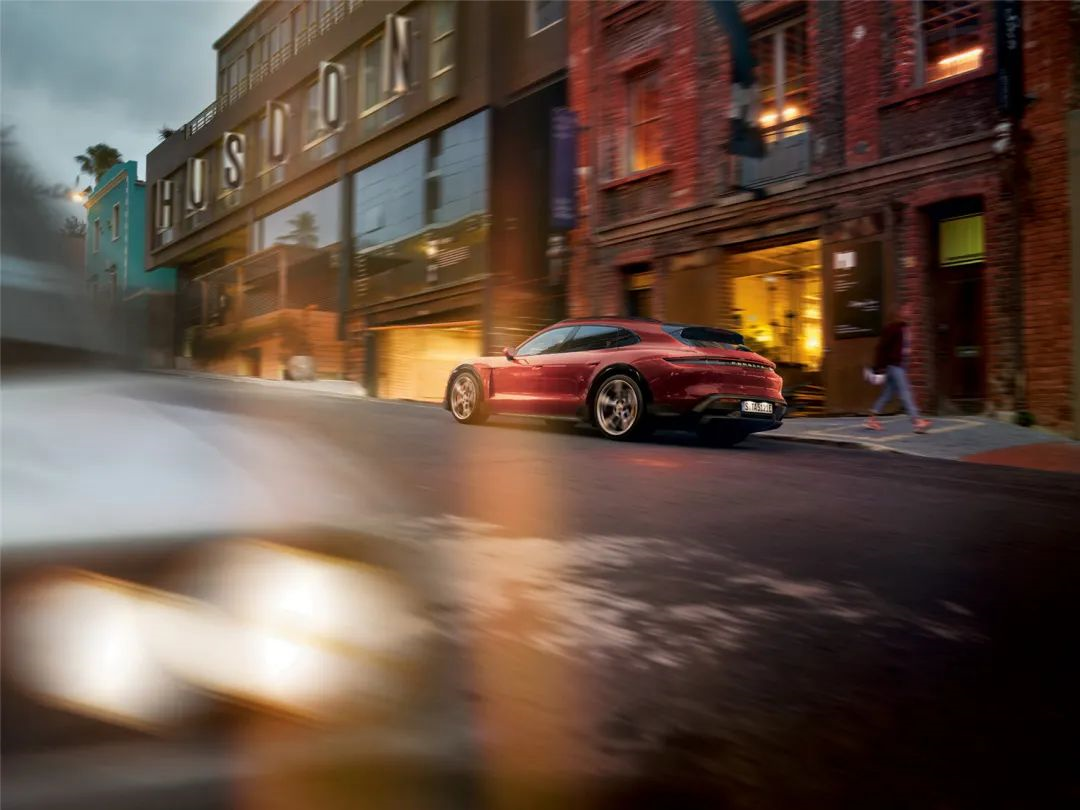Recently, Porsche launched two derivative models on its Taycan model, namely Taycan Cross Turismo and Taycan GTS, and started pre-sales in China. So far, Porsche has provided 9 Taycan models in China, including 7 powertrain forms.
This is an extremely exaggerated product matrix. Based on various body forms, powertrain forms, and personalized options, Porsche can indeed provide users with “extreme personalization” products. Of course, the pressure is once again on the holders of currency, as the process of purchasing a desired Porsche is much more complicated than other products.
Imagine the process of Porsche owners choosing Taycan. Unlike owners of other brands, after selecting the model, Taycan users still need to choose the body form. At this time, you can choose the ordinary Taycan and Cross Turismo. Besides the GTS model, there are two body forms for each other powertrain forms.
Next, you need to choose from 4 powertrain forms: 4, 4S, Turbo, and Turbo S. The corresponding prices, power, range performance, acceleration time per 100 kilometers, and maximum speed of these four powertrain forms are shown in the figure below.

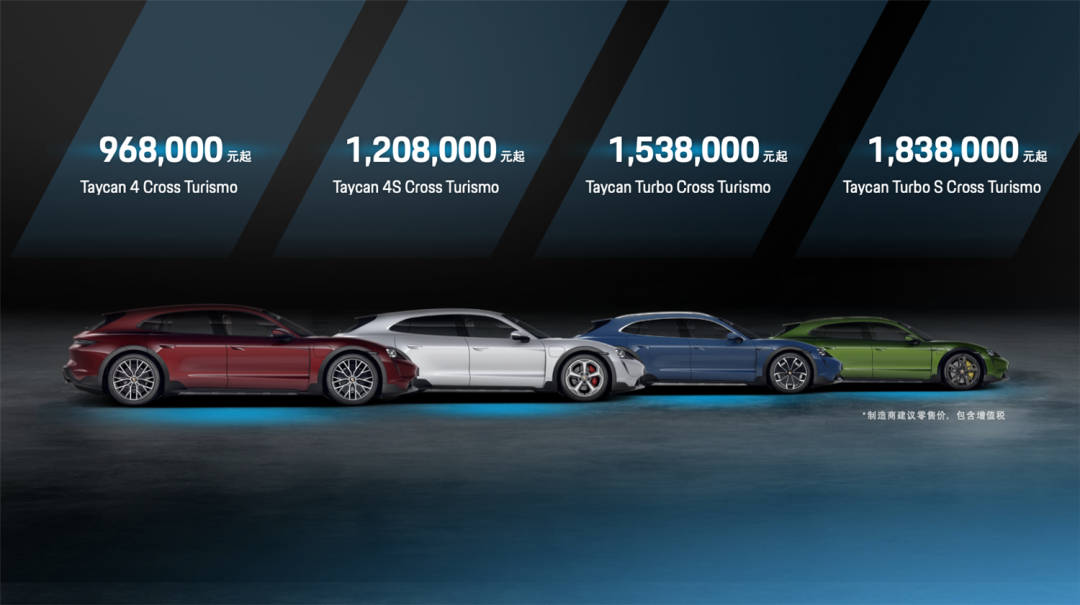
If you feel that the 4 powertrain forms are not enough for you to choose from, Porsche also provides another choice for potential Taycan users – Taycan GTS. The positioning of this GTS model is actually easy to understand. It is based on Taycan 4S, and adds an S. Its power and price are between 4S and Turbo.
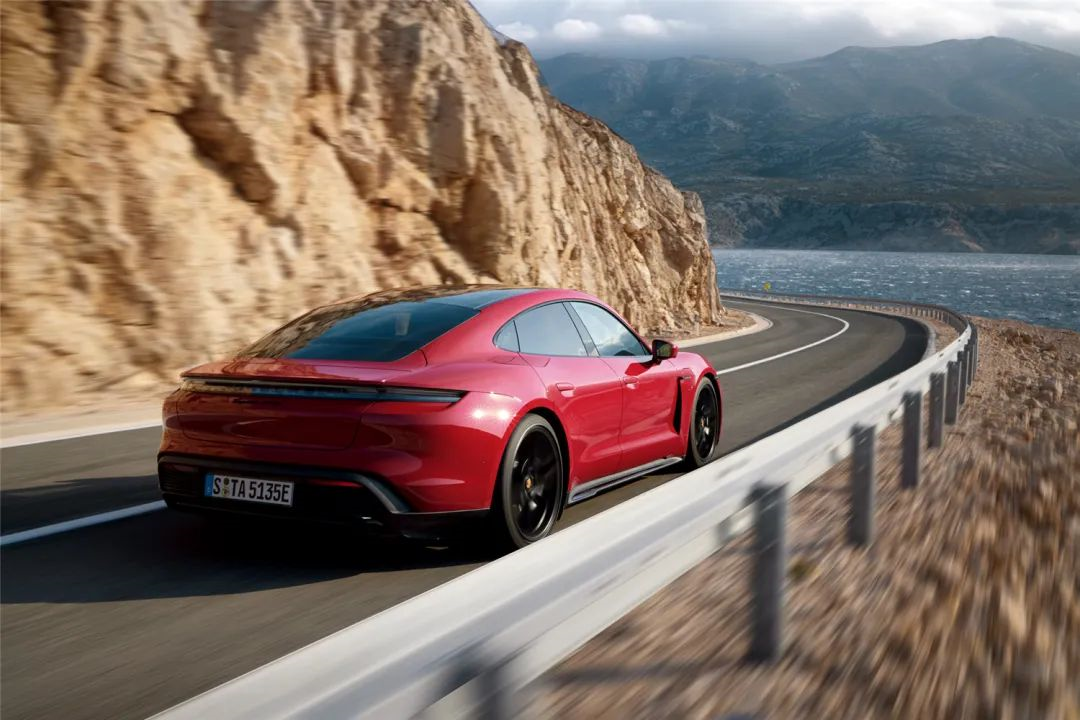
After all these issues are settled, you will find that this is just the appetizer. Next, you still need to pick and choose from a dazzling array of options. Originally, choosing Taycan did not need to worry whether it is a four-door sedan or a cross-border travel. But now, Porsche has given the wealthy another headache.
Porsche’s play is mastered by few people.You will find that Porsche’s product line is not very long. By counting on our fingers, there are only six models available for sale, including Taycan, Macan, 911, 718, Panamera, and Cayenne. And don’t forget about the 918, which you may not be able to buy even if you have the money. Although the number of products is not large, each product is subdivided into many derivative models based on power and body style. Porsche can be said to be the brand that plays with body styles the most skillfully in the automotive industry, no doubt.
For example, Porsche 911 convertible alone can be separated into three forms for sales: the most common Cabriolet, the classic Targa, and the highest premium Speedster.
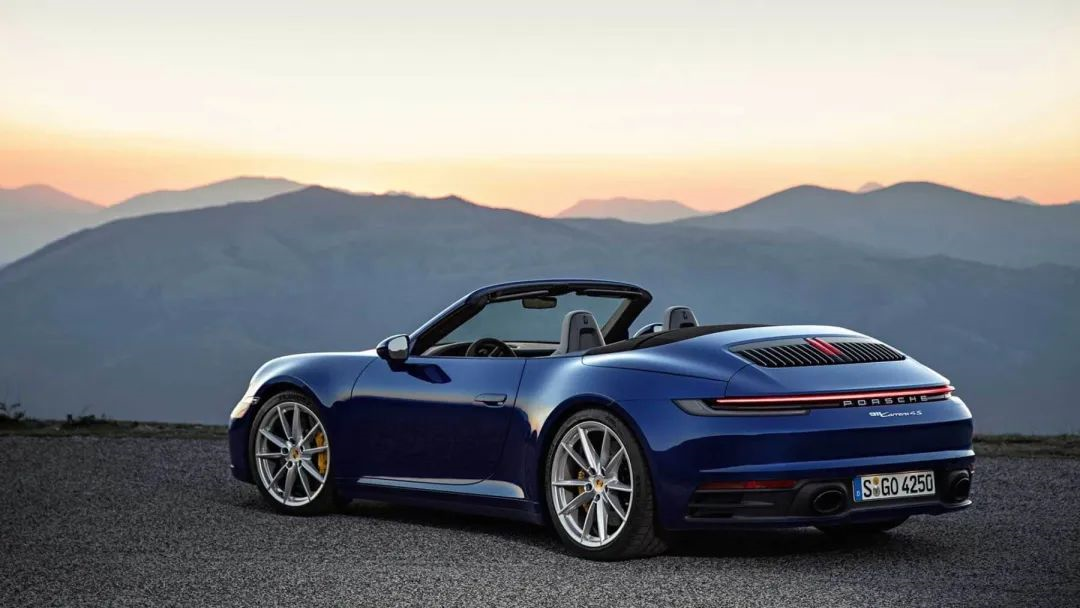
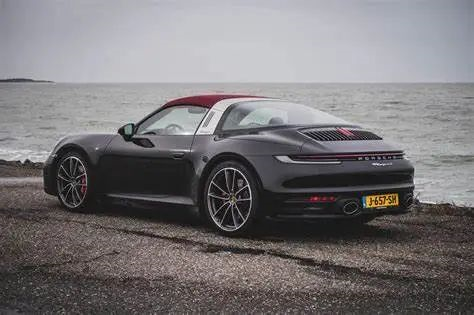
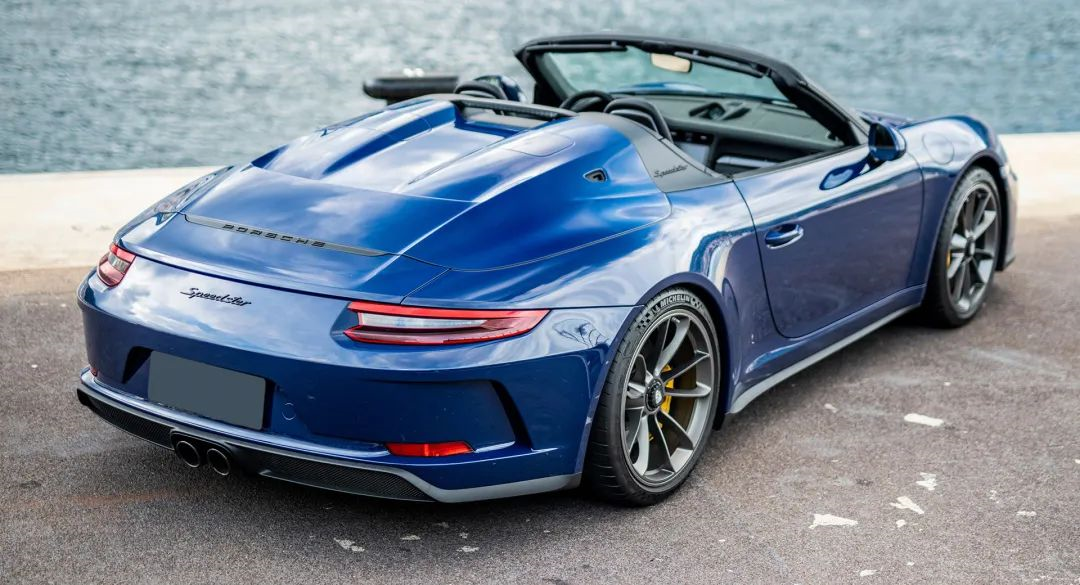
Except for Macan, Porsche’s other five models all have two or more body styles. 911 has so many that they are difficult to count, Panamera has a common version and an ST variant, Cayenne has a common version and a Coupe version, and 718 has a hardtop, convertible Boxster, and Spyder version that is difficult to buy domestically.
Porsche’s approach is obviously to drain all the premium points of a product, rather than entering different niche markets through the product itself. Instead, it corrodes different niche markets through different body styles.
Developing a new product requires much more investment than building a body style. Of course, if you think that the difference between the Coupe version of the Cayenne and the regular Cayenne, or the hunting version of the Panamera and the regular Panamera, is just a small change in appearance that cannot illustrate the problem, then I think Porsche’s approach is best embodied in Taycan Cross Turismo.
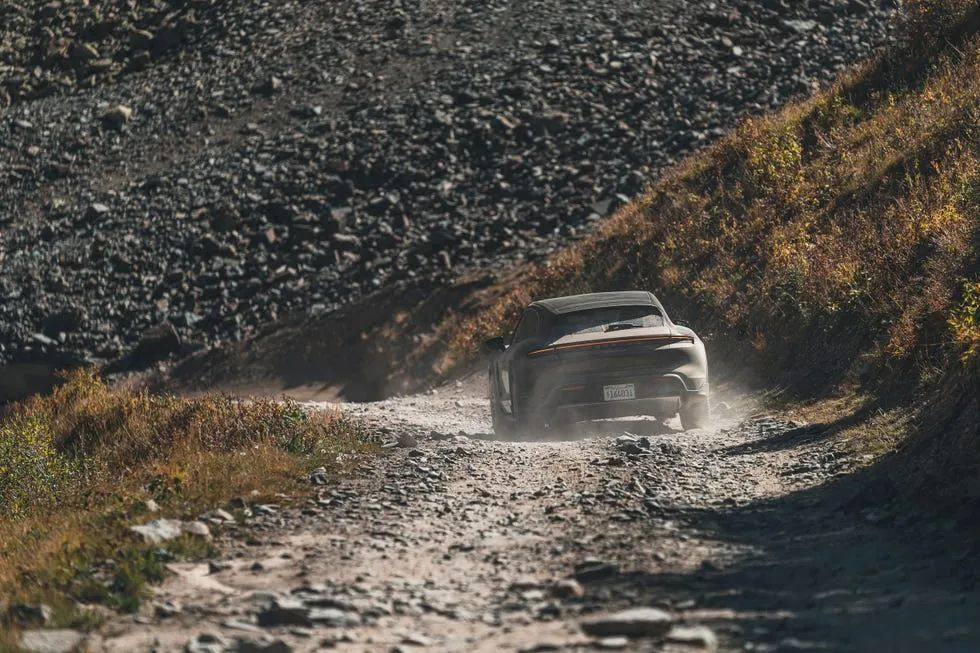
What kind of car is Taycan? It is an electric car, a four-door sedan, and if you choose Turbo or Turbo S, it is endowed with high performance and track attributes. But can you imagine it being endowed with off-road attributes?
A product that completely subverts your understanding of TaycanThe concept of the Porsche Taycan Cross Turismo originated from the Mission E Cross Turismo concept car that Porsche released in 2018.
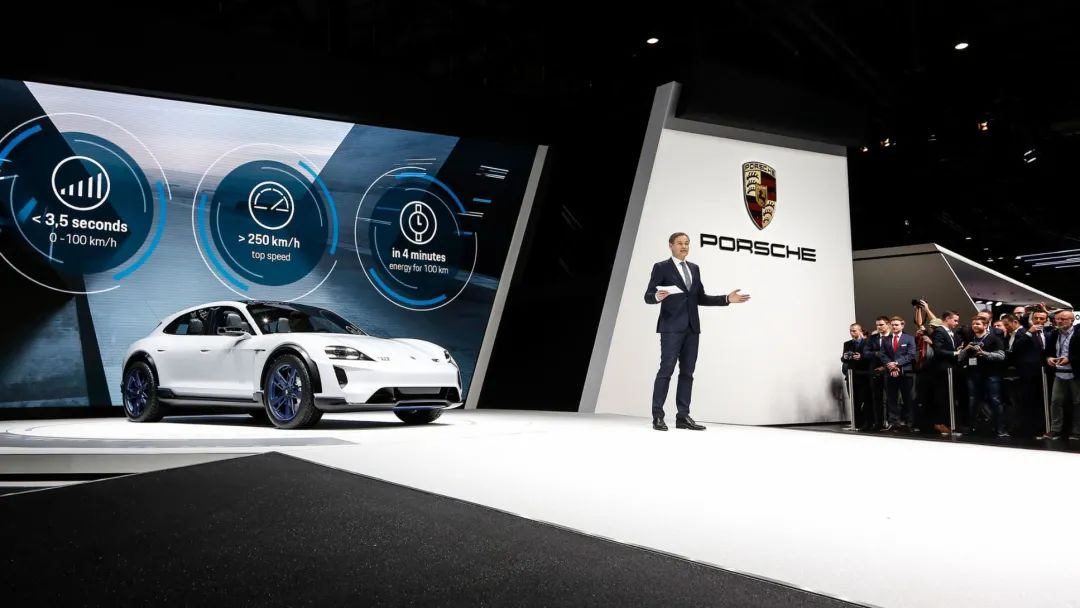
The core product feature that Porsche has created for the Taycan Cross Turismo is called “multi-scenario” and is even capable of adapting to mild off-road scenarios. The four models introduced for the Taycan Cross Turismo are all equipped with four-wheel drive and adaptive air suspension. In “Normal” driving mode, the ground clearance can be increased by up to 30 mm compared to the Taycan. The standard gravel mode is designed for light off-road terrain such as gravel and muddy roads, ensuring power output and precise driving control to enhance the ability of the Taycan Cross Turismo to drive on uneven roads.
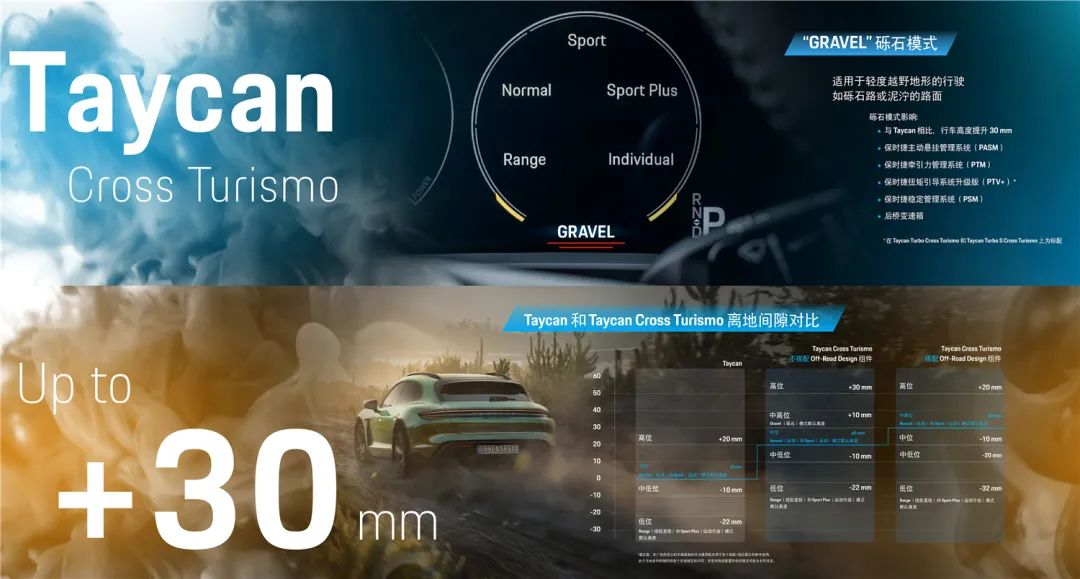
In terms of storage space, the Taycan Cross Turismo has also been expanded. Compared to the regular Taycan, the headroom for rear passengers has been increased by 47 mm. With the panoramic fixed glass sunroof, which is standard for the Chinese market, the increased space and transparency make the ride more comfortable. The luggage compartment volume has increased to 1,212 liters, and the large tailgate design makes it easy to load and unload luggage. Storage components such as partition nets, luggage hooks, and luggage fastening belts ensure well-organized luggage and better meet different travel needs.
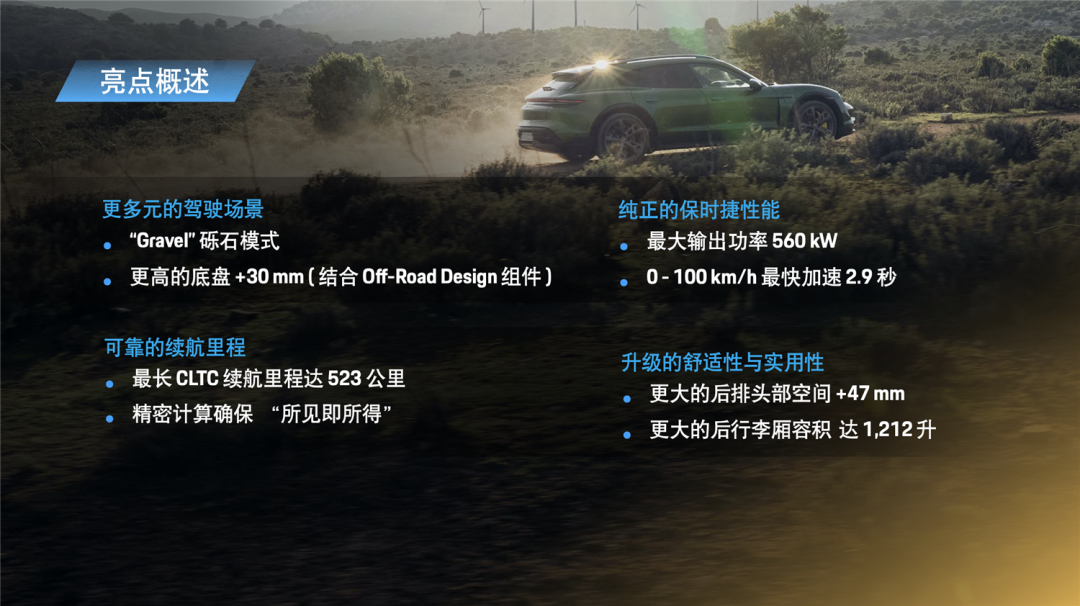
In terms of appearance, the Taycan Cross Turismo has a more “wild” appearance treatment, including wheel arch trim, unique front and rear skirts, and side sills, all covered with high-durability plastic material. As part of the Off-Road Design component, the corners of the front and rear bumpers and the end of the thresholds are paired with special protectors, which can effectively prevent stone impacts.
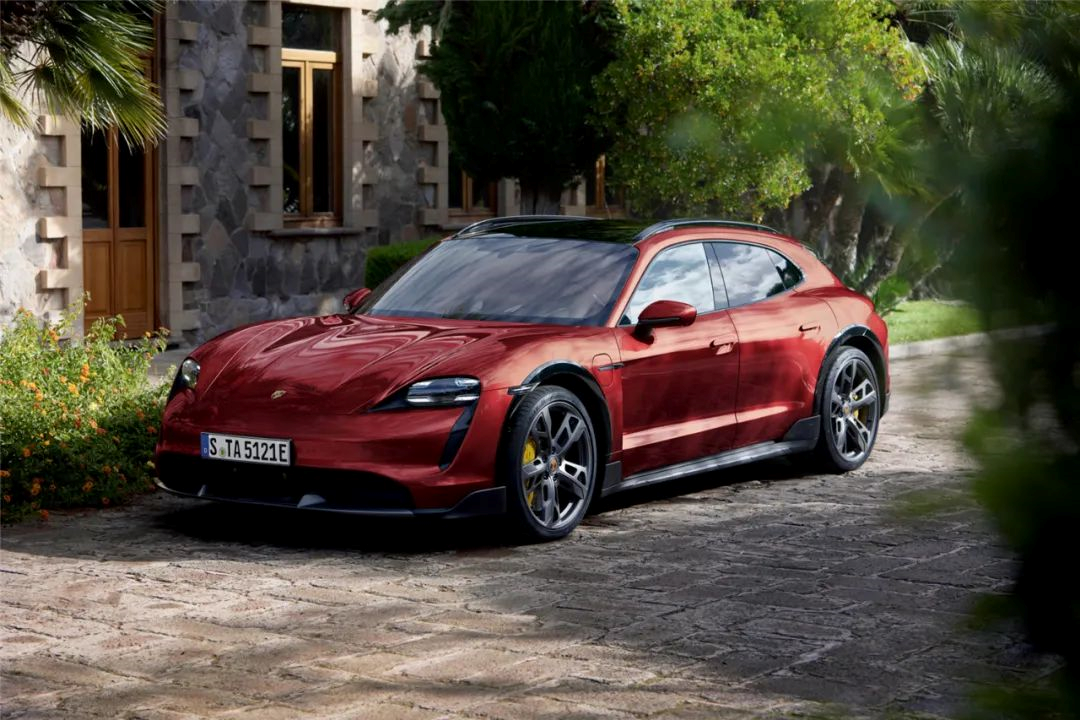 When equipped with the Off-Road Design package, a compass will be added to the top of the dashboard in the Taycan Cross Turismo. The rotating compass bezel simulates the direction of the vehicle’s heading and provides altitude and time information on the digital display, all of which are tailored for multi-scenario use.
When equipped with the Off-Road Design package, a compass will be added to the top of the dashboard in the Taycan Cross Turismo. The rotating compass bezel simulates the direction of the vehicle’s heading and provides altitude and time information on the digital display, all of which are tailored for multi-scenario use.
Porsche positions the Taycan Cross Turismo as a CUV – cross-over multi-purpose vehicle. With two completely different body styles, from a four-door sedan to a cross-over CUV, the Taycan achieves a revolutionary transformation in product selling points. Of course, many other car companies are also doing this, such as the cross-over wagon Volvo V90CC and the Audi A6 Allroad. However, what sets Porsche apart is their ability to change the usage scenario of a vehicle from a racetrack to mountain terrain, a skill that perhaps only Porsche, which started as a sports car, can have.
In the field of electric cross-over CUV models, the Porsche Taycan Cross Turismo is the pioneer of the entire industry. Since this product is designed for those who long for adventure, Porsche needs to provide it with the ability to go further.
In 2022, Porsche’s charging network layout is being further improved in China.
Home charging: Customers who purchase Taycan can receive free home charging equipment and basic installation services to make “plug-and-play” a reality. The success rate of installed equipment is as high as 93.5%, covering not only first and second-tier cities but also regions such as Liangshan Yi Autonomous Prefecture in Sichuan, Honghe Hani and Yi Autonomous Prefecture in Yunnan, and Qianxinan Buyi and Miao Autonomous Prefecture in Guizhou.
Porsche “Exclusive Charging” network: As of mid-April 2022, 119 Porsche centers in 77 cities offer 800-volt Turbo chargers. In addition, 103 exclusive charging stations have been set up in 20 hotspots across the country, covering both Turbo charging stations and 400-volt supercharging stations. This year, Porsche will also cover five new cities – Xiamen, Kunming, Fuzhou, Shenyang and Hefei.When partnering with high-end selected hotels, Porsche’s “Destination Charging” network offers Taycan owners the opportunity to enjoy free charging services. As of mid-April 2022, more than 135 destination charging stations have been deployed nationwide.
As of the end of March 2022, Porsche has integrated over 410,000 third-party charging stations in more than 200 cities nationwide.
Conclusion
Taycan Cross Turismo provides all potential consumers with a brand new choice. We used to discuss the competitiveness of super luxury brands in the era of electric cars. Many people may think that the power barrier constructed by sports car brands over the years will collapse with the cheapening of power caused by electric motors. However, anyone who has driven a Taycan will understand that there is a world of difference between an electric car that costs 300,000 and can accelerate 100 kilometers per hour in 3 seconds and a Taycan with the same acceleration.
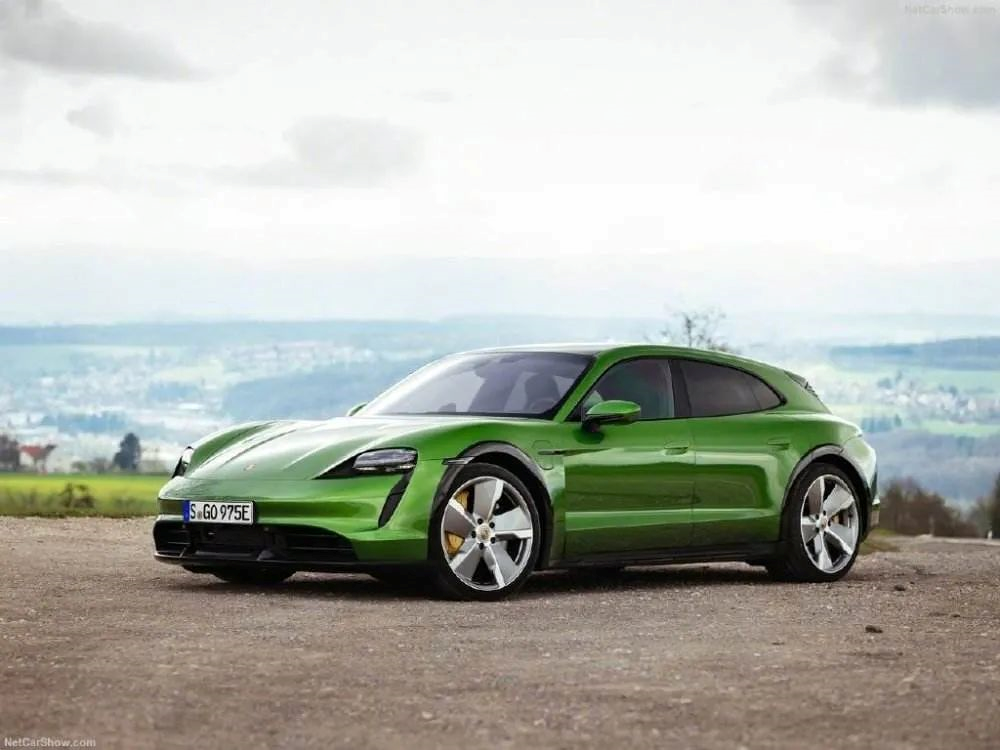
This time, in addition to imbuing racing genes into electric products, Porsche has brought a brand-new lifestyle centered on an all-scenario approach. Of course, choosing between the two versions of Taycan is yet another problem posed by Porsche for the affluent.
This article is a translation by ChatGPT of a Chinese report from 42HOW. If you have any questions about it, please email bd@42how.com.
